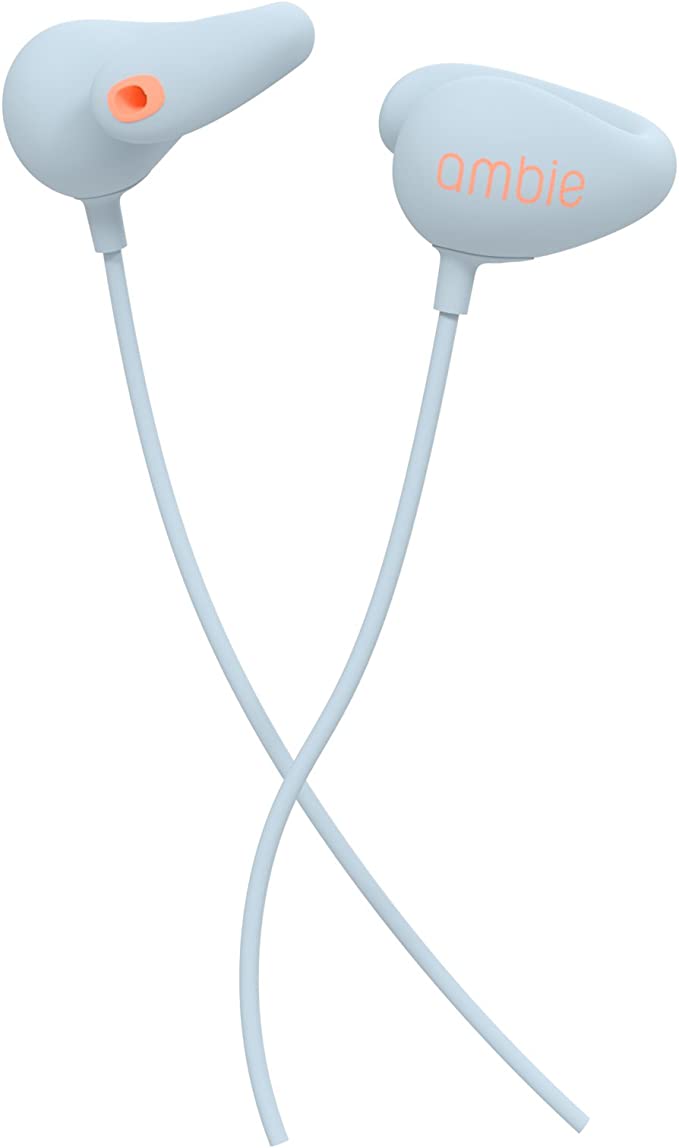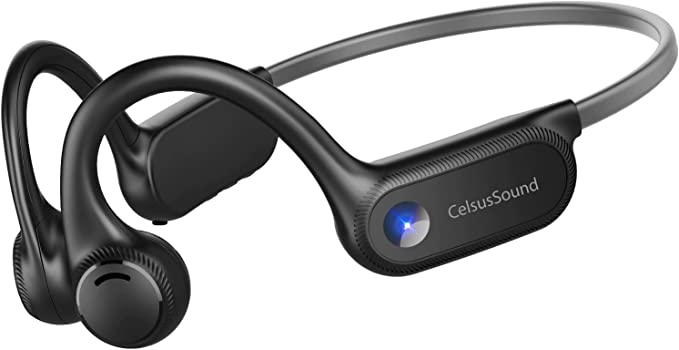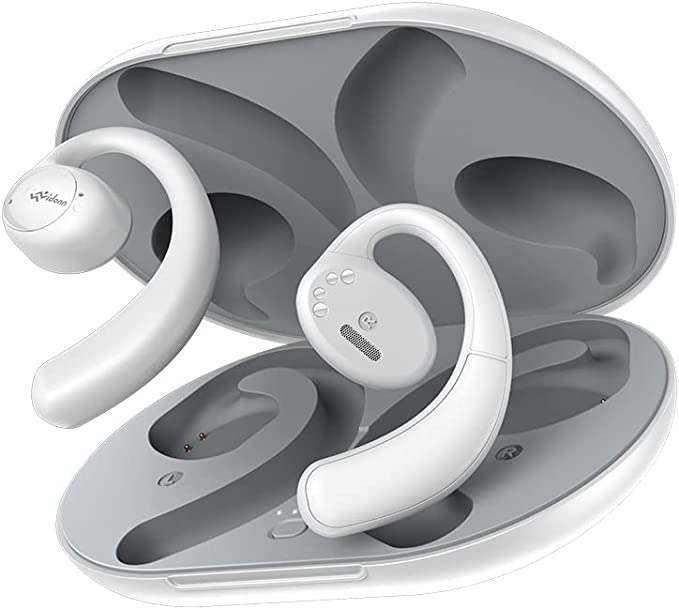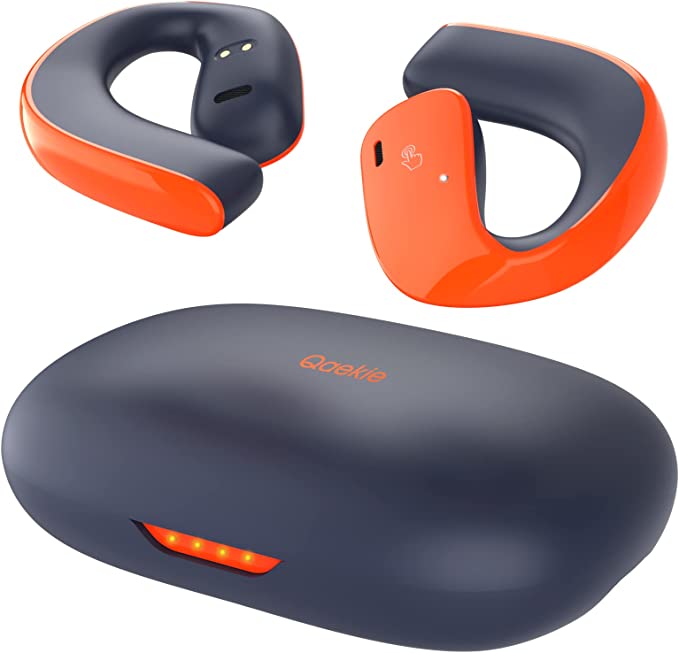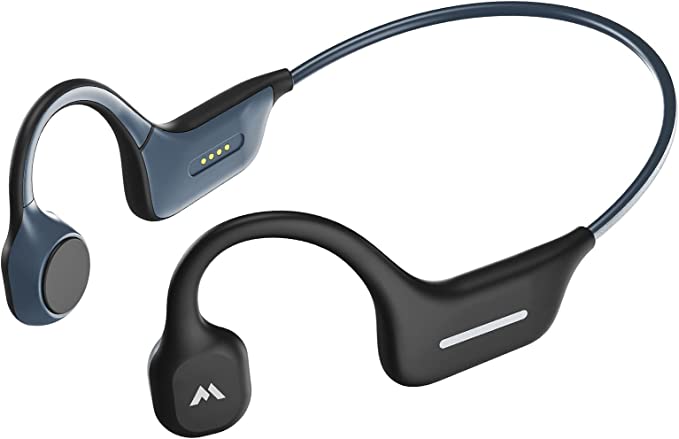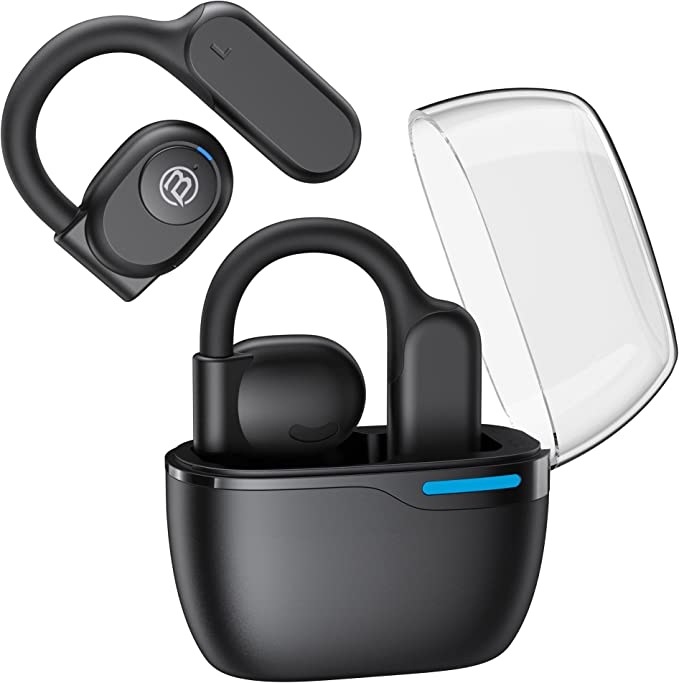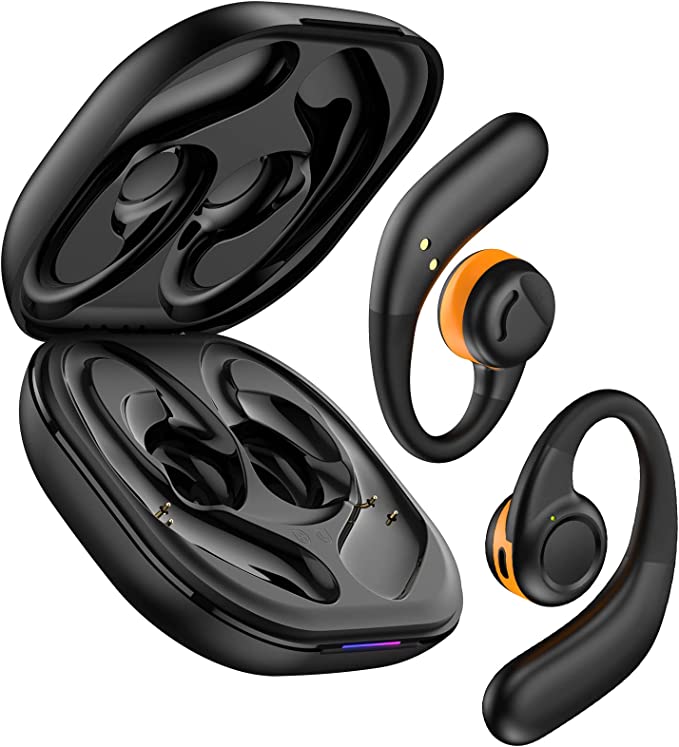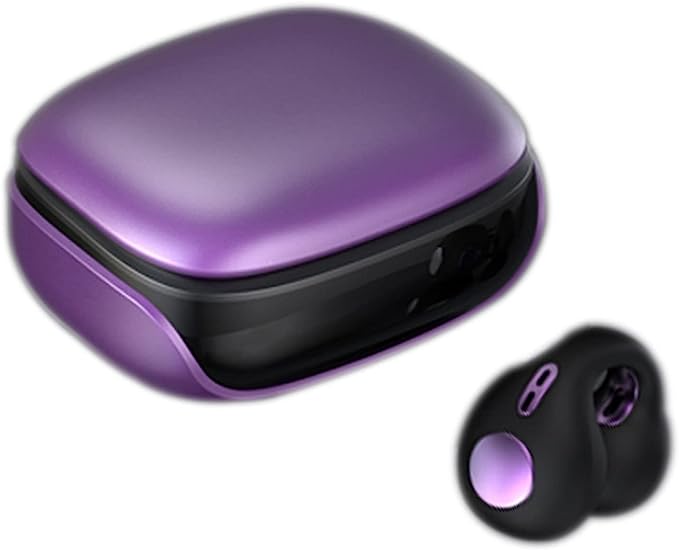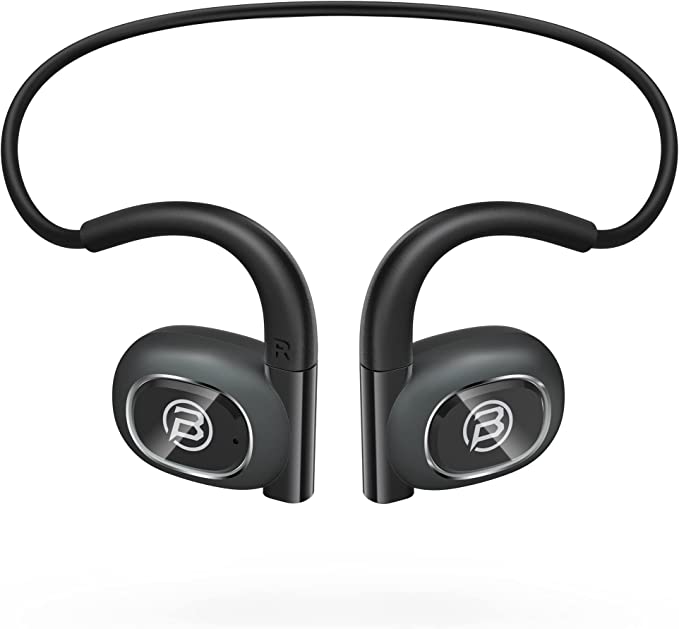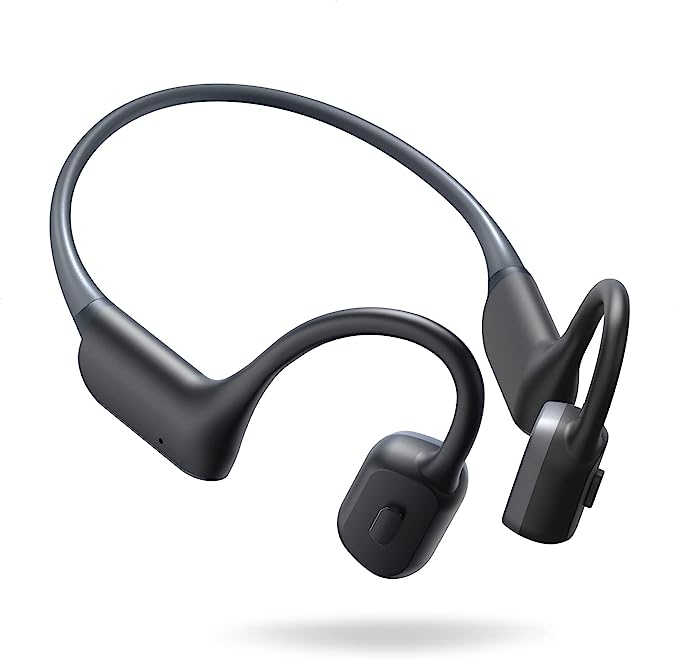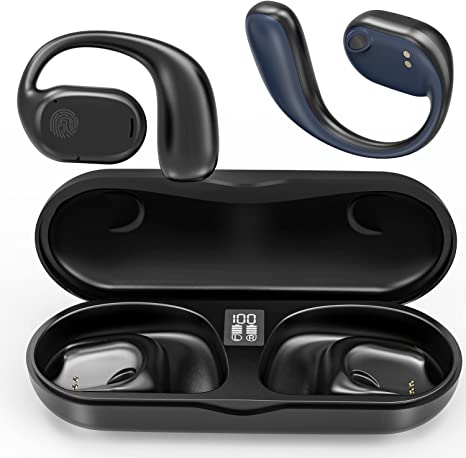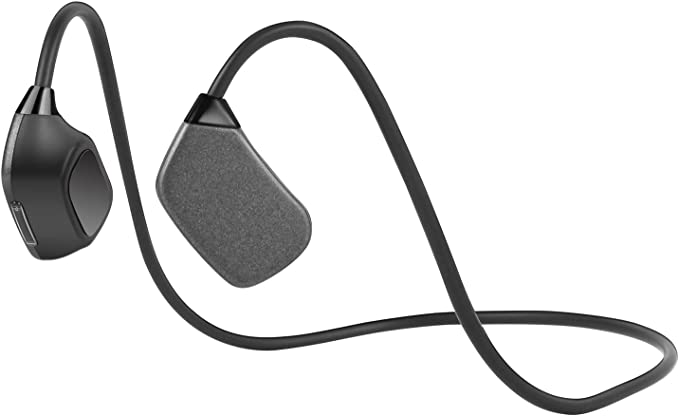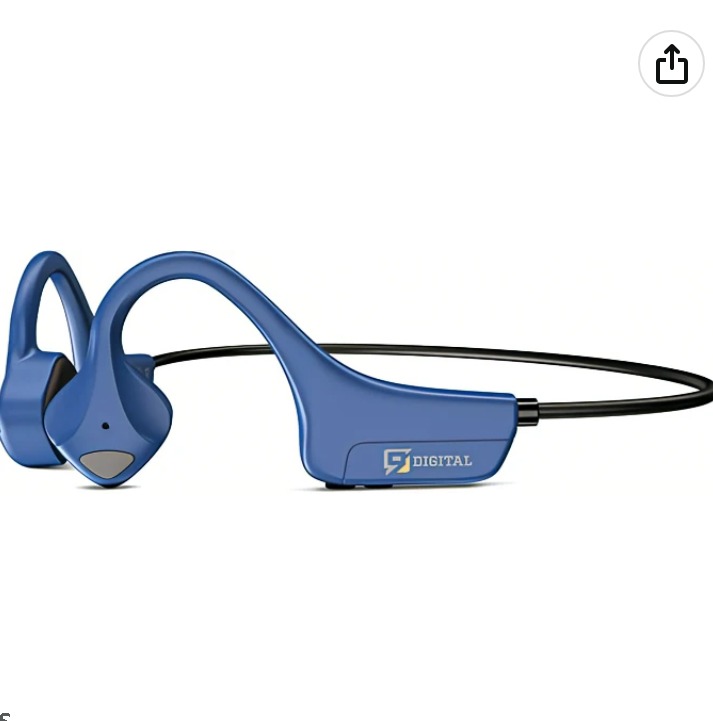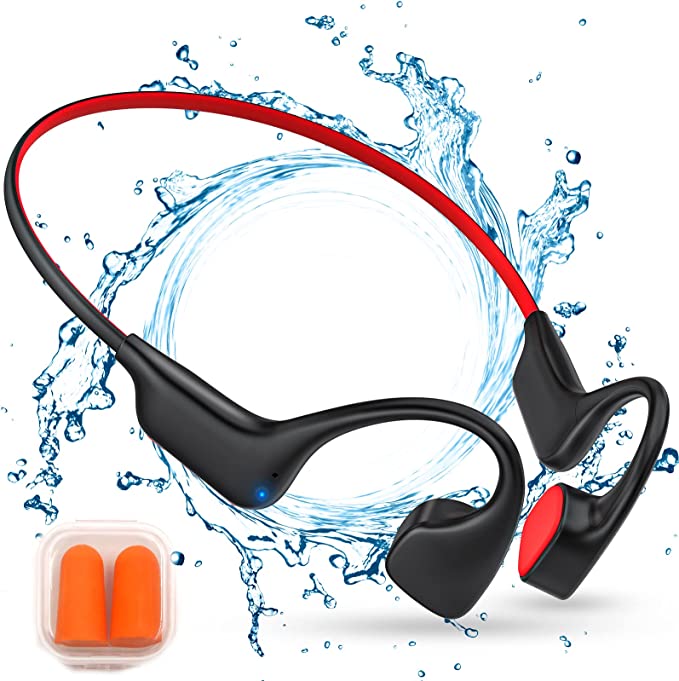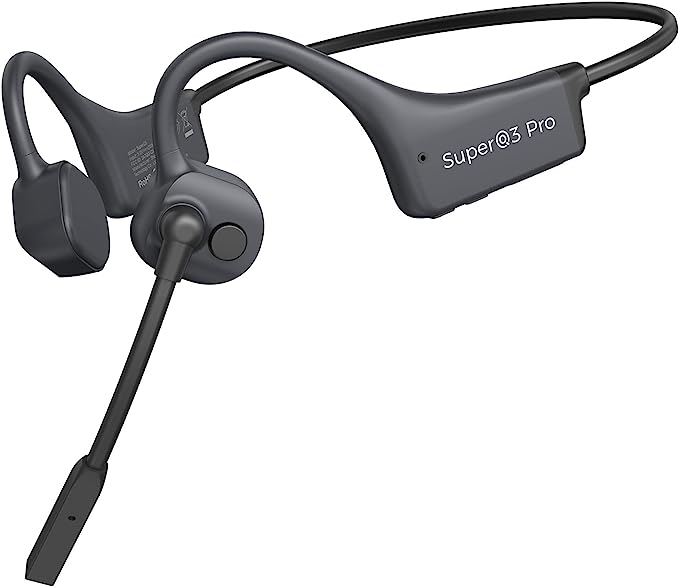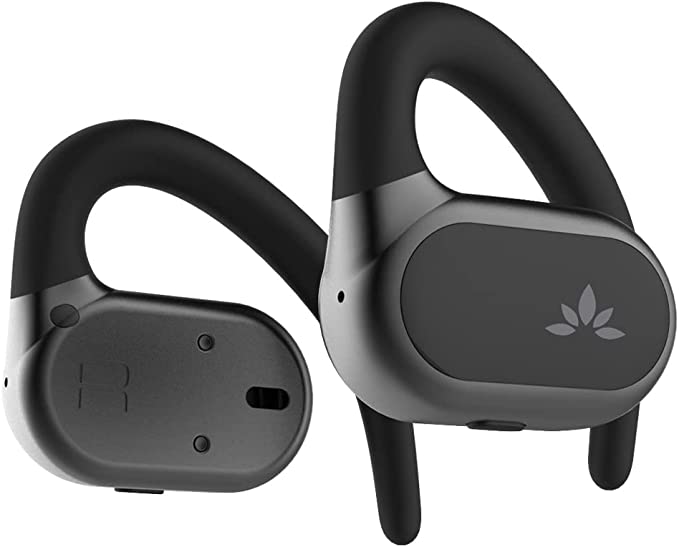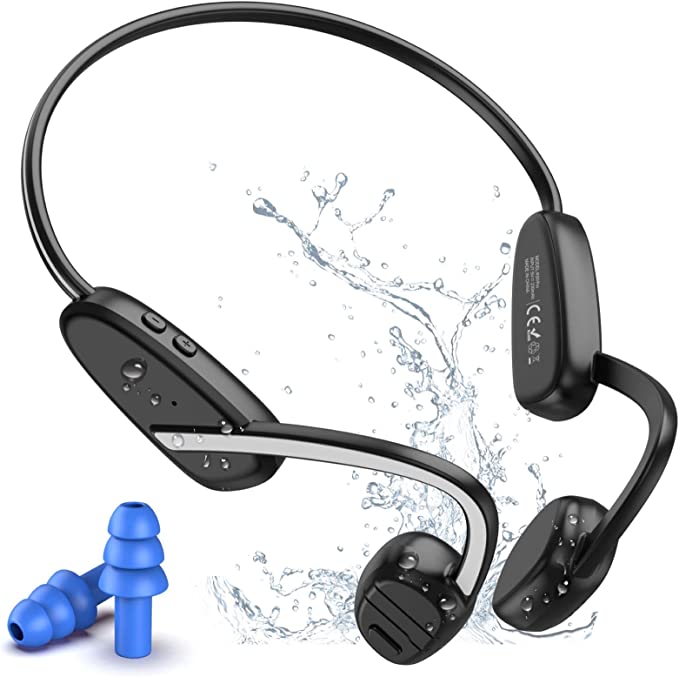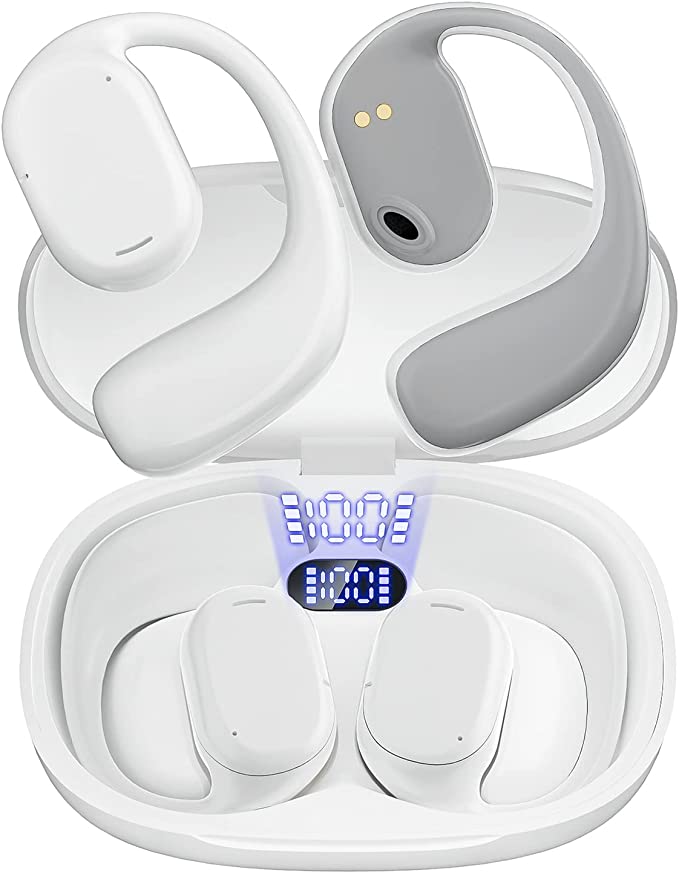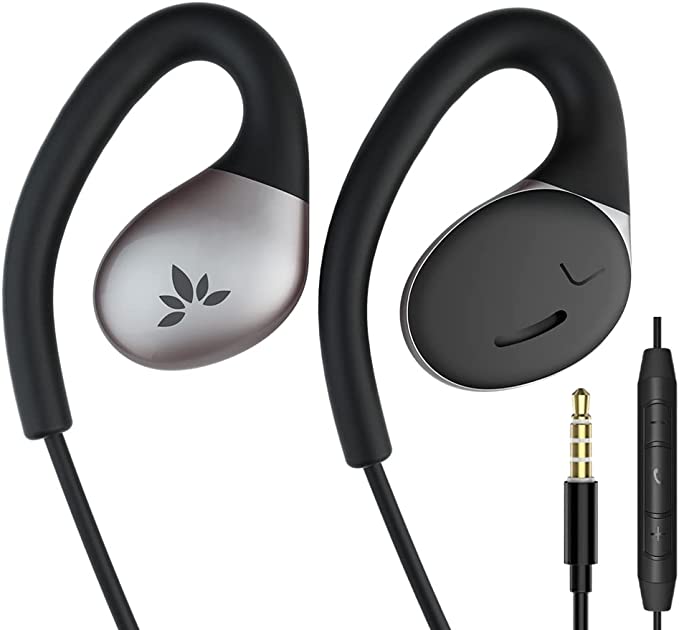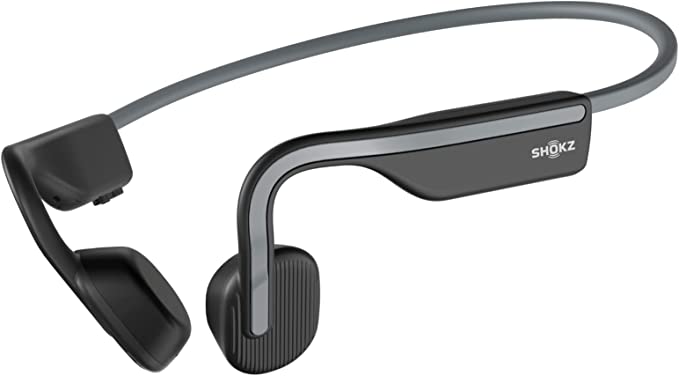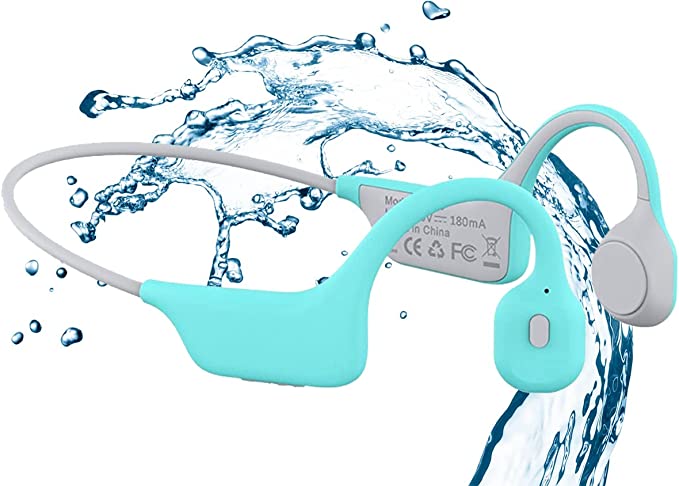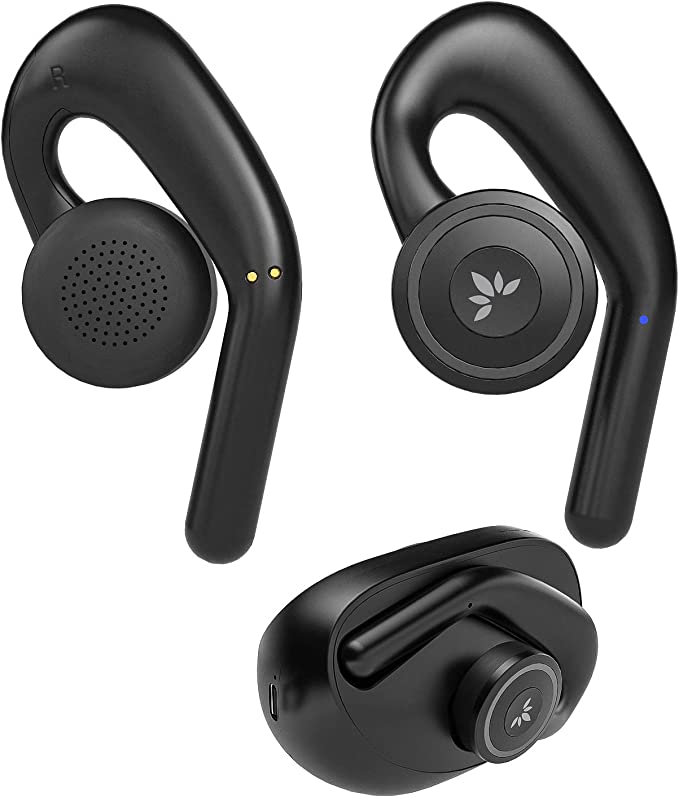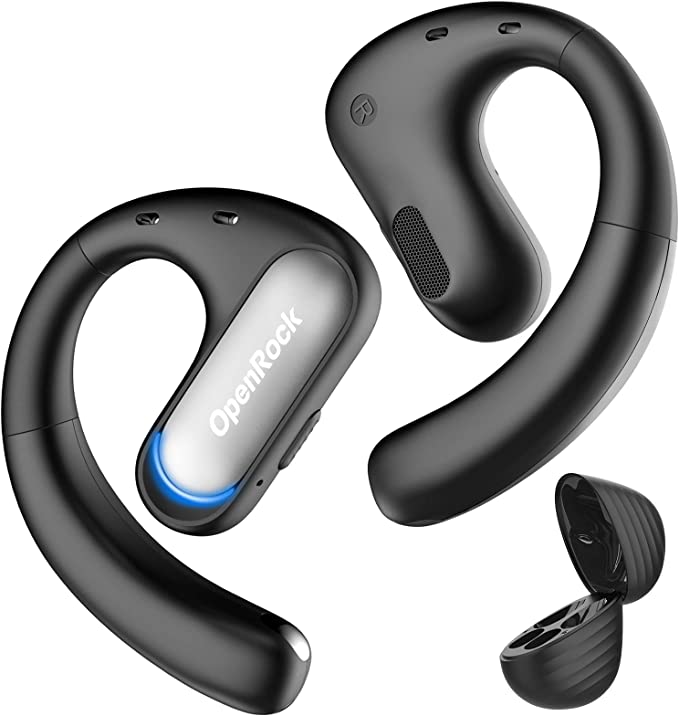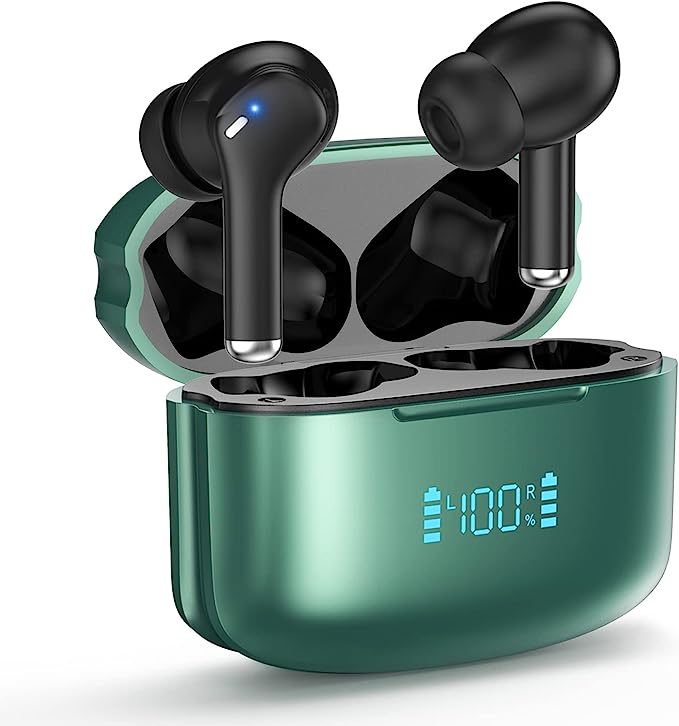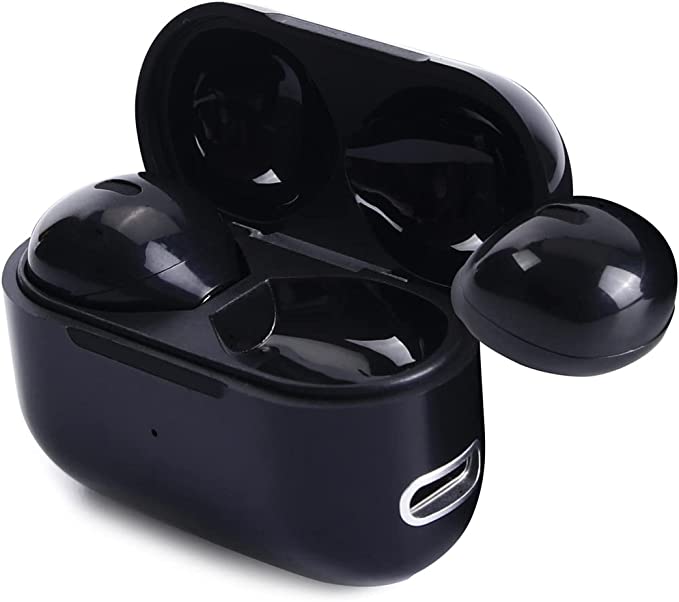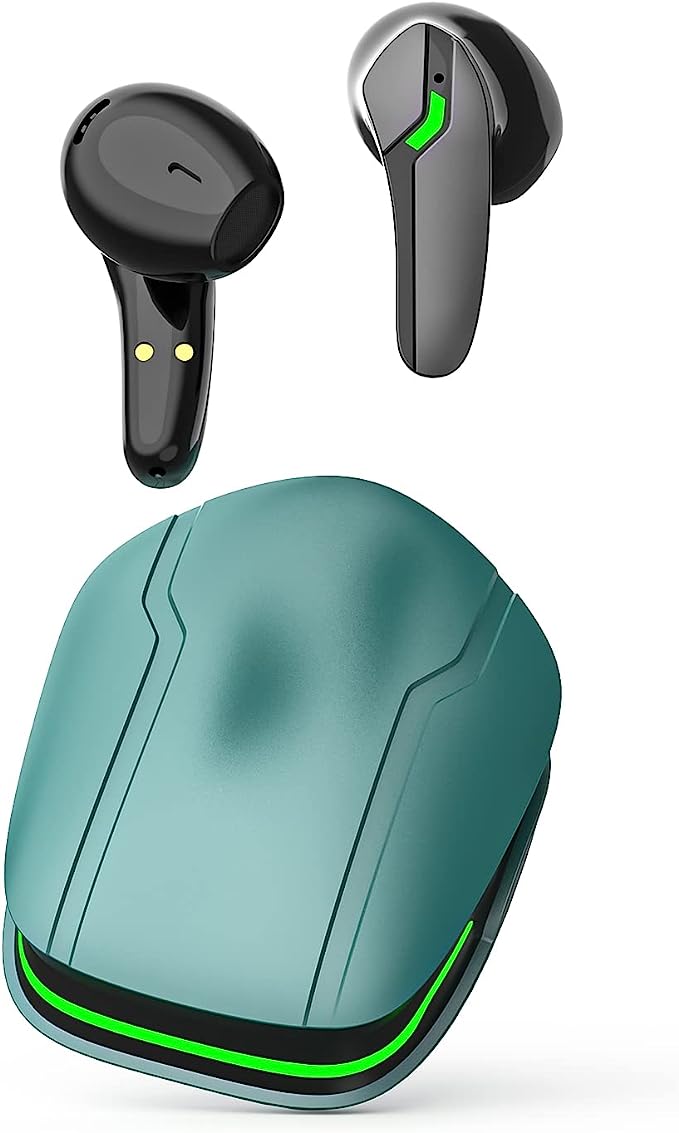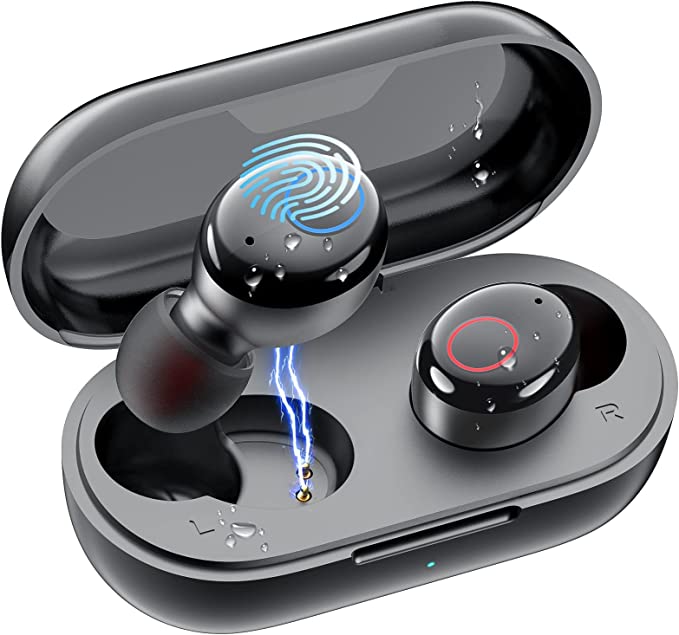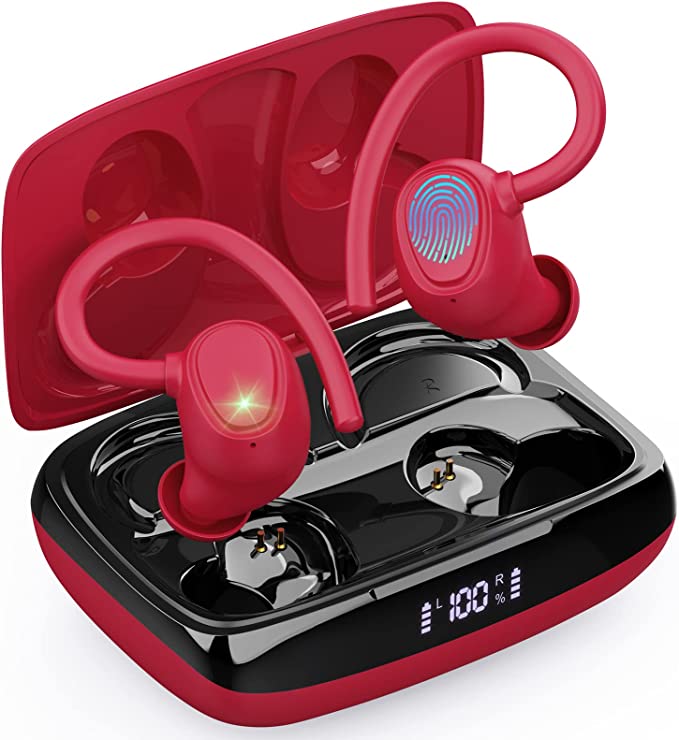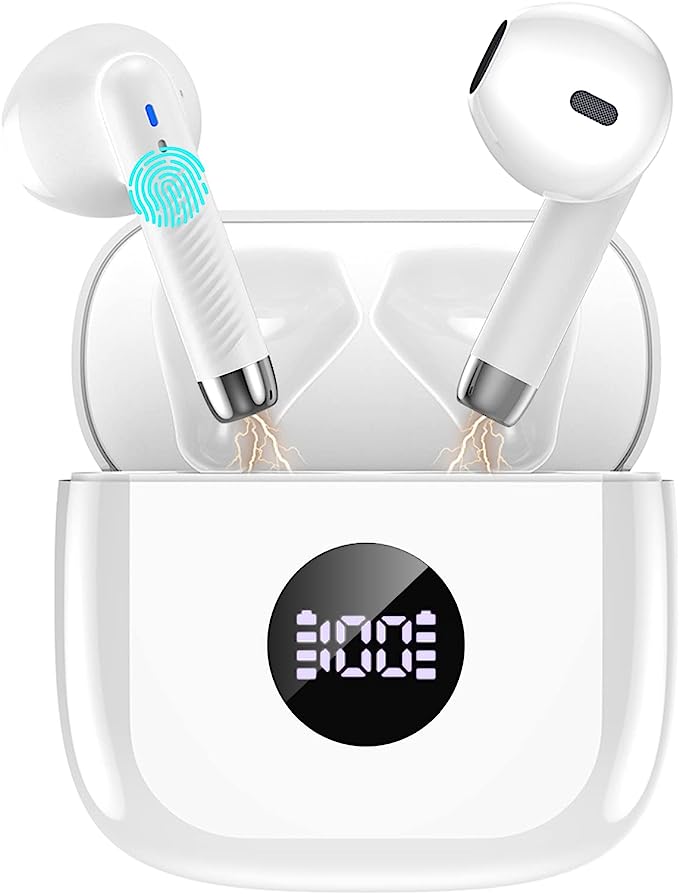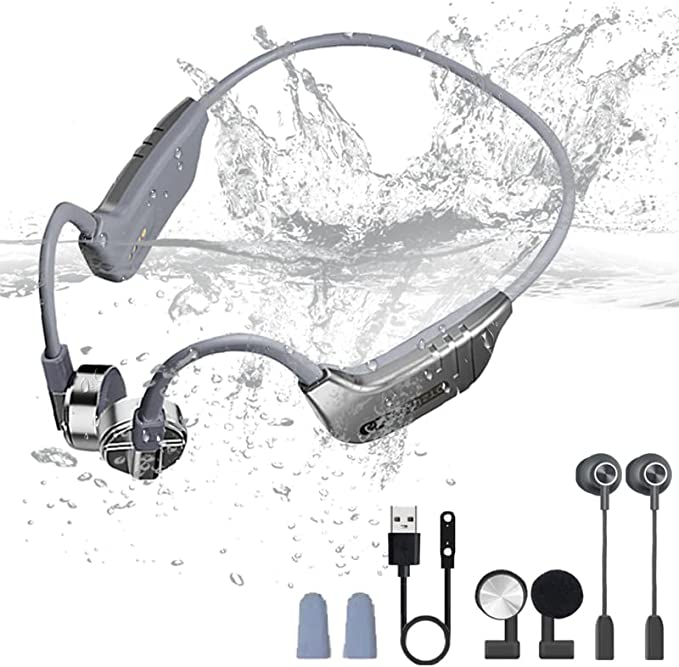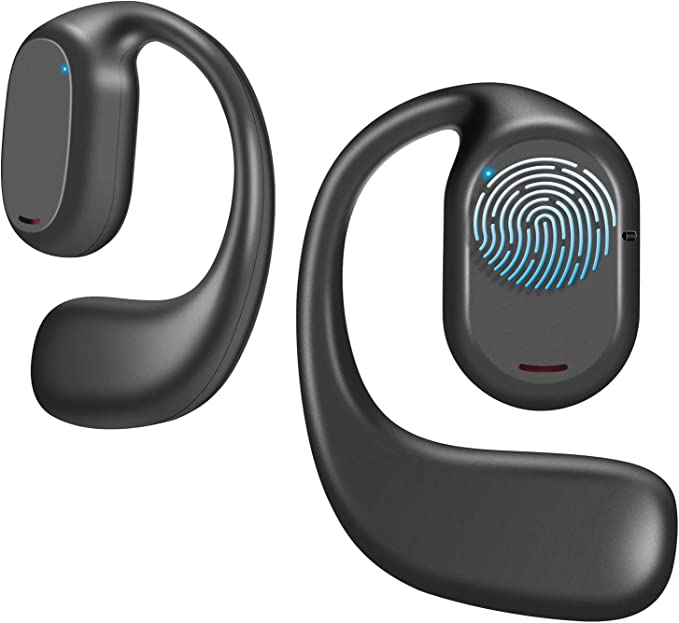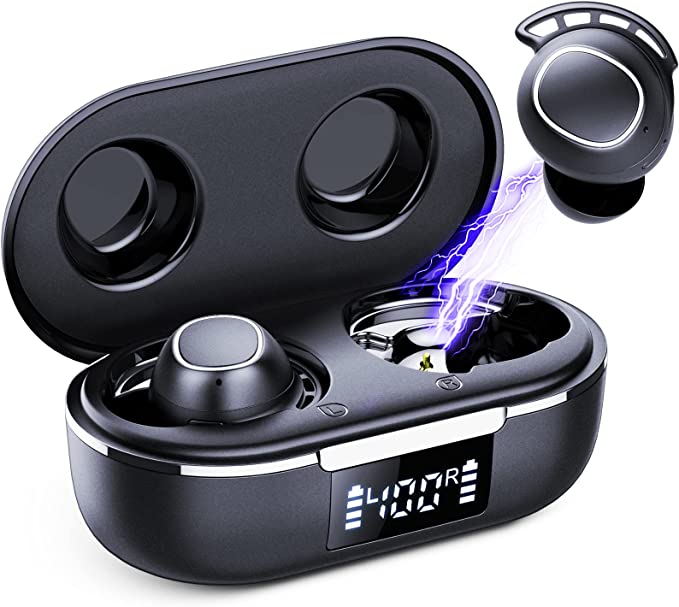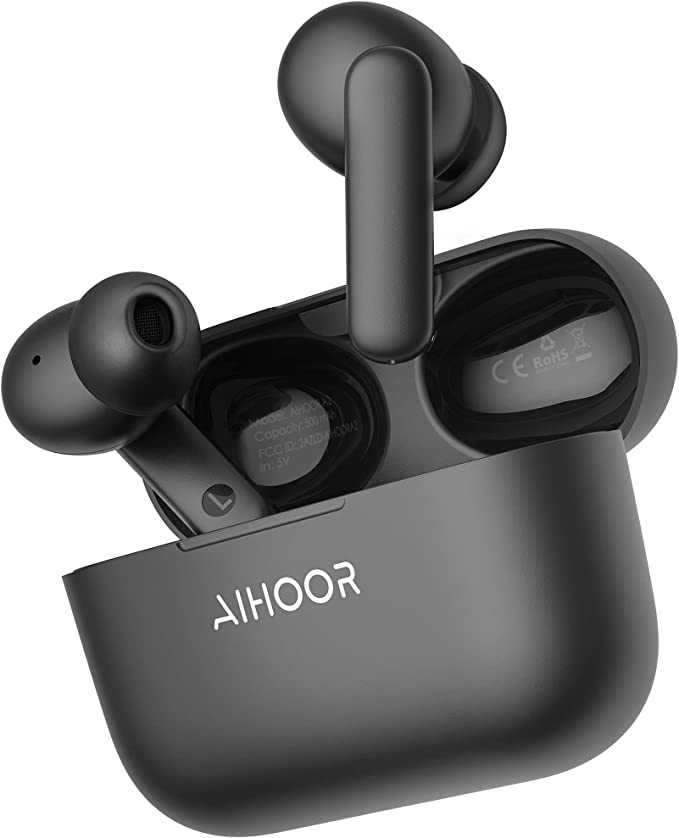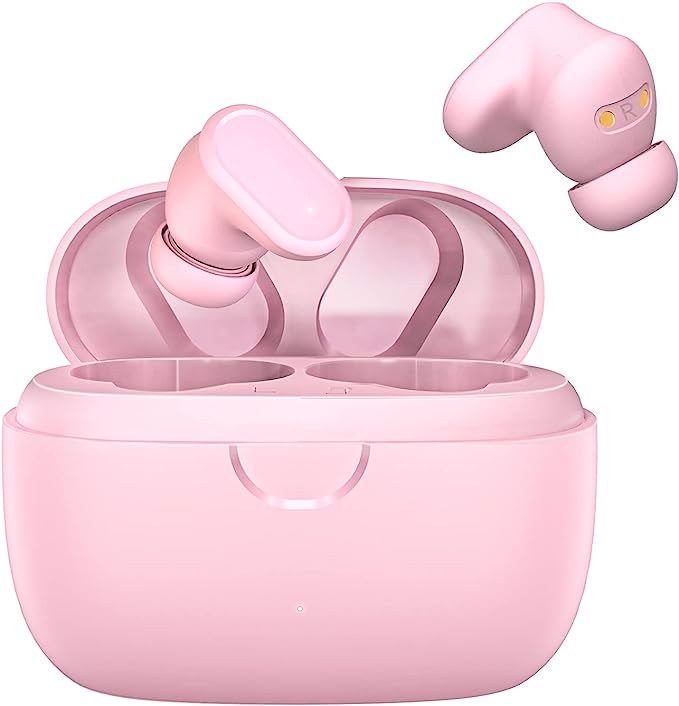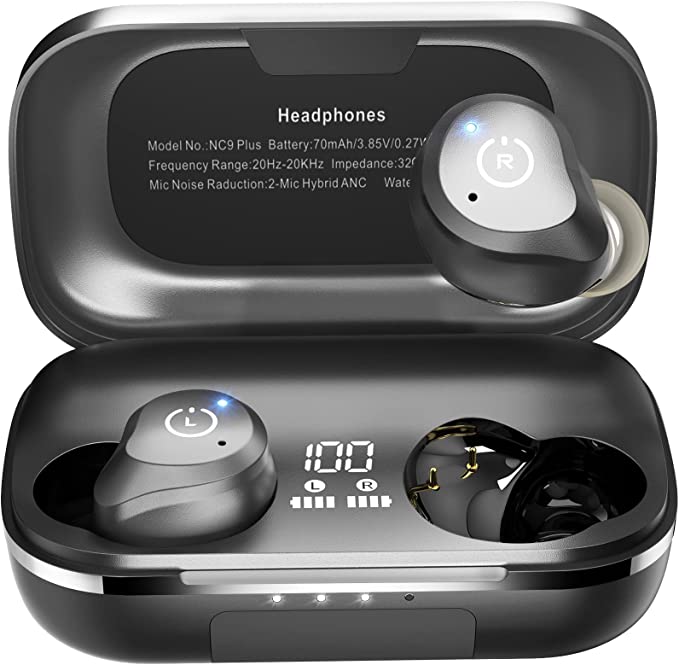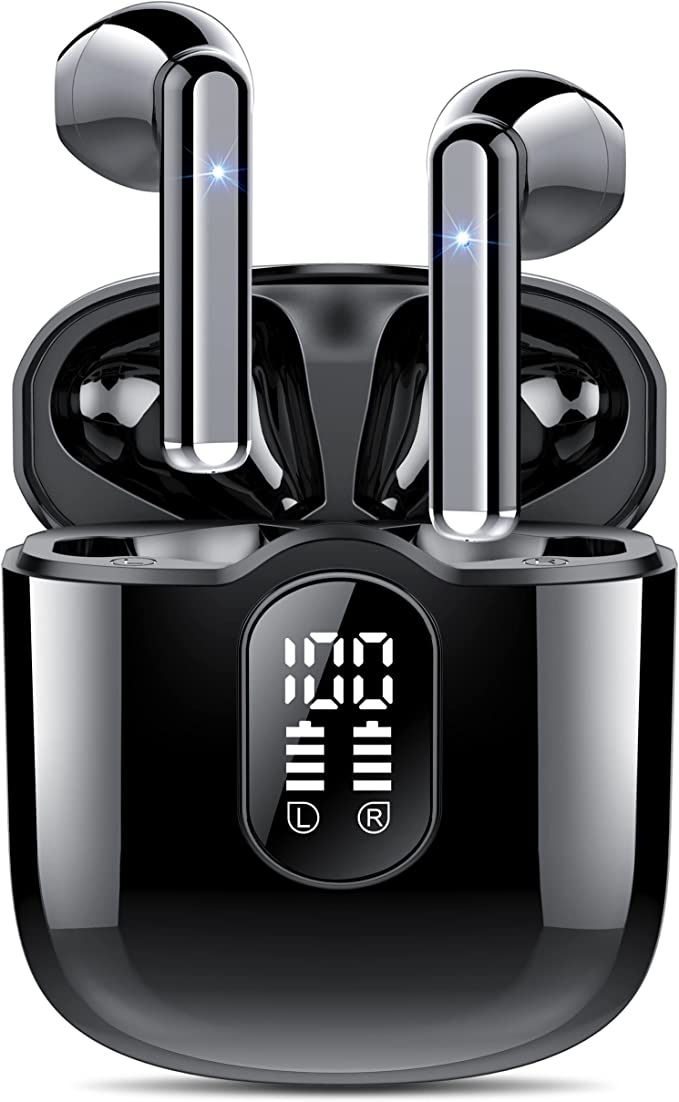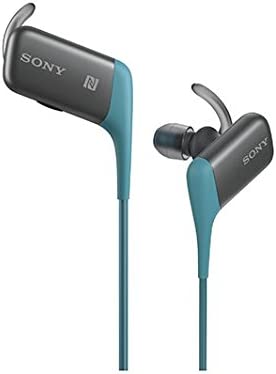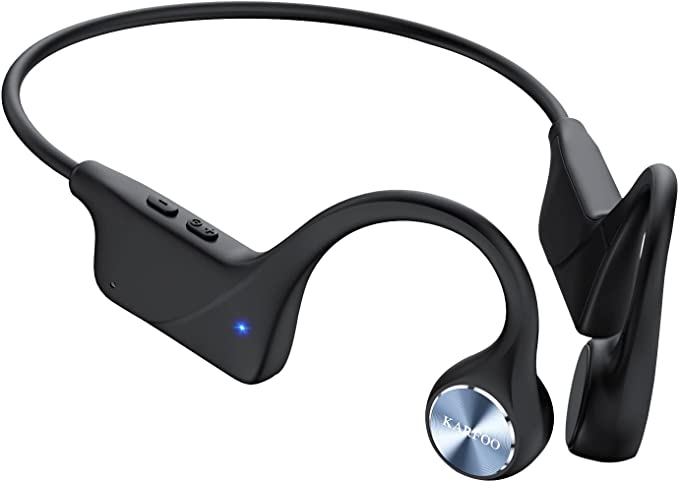ECOAMICA HS3: The Science and Sacrifices of Budget Bone Conduction
Update on Aug. 13, 2025, 9:19 a.m.
Imagine this: you’re on a morning run, the rhythm of your favorite playlist pushing you forward. The sun is warm, the path is clear. Suddenly, the silent whir of an electric bike materializes beside you, its bell a polite but startling announcement of its presence. You never heard it coming. This is the runner’s dilemma, the cyclist’s conundrum, the fundamental conflict between immersive audio and awareness of the world around you. For decades, the solution was a compromise: turn the volume down, or wear only one earbud. But what if there was a third way? A way to hear your music and the world, simultaneously and clearly.
This isn’t a futuristic concept; it’s the fascinating reality of bone conduction, a technology with a surprisingly deep history that is now finding its voice in devices like the ECOAMICA HS3 Bone Conduction Headphones. To understand this device, however, is to understand not just its strengths, but the intricate web of scientific principles and engineering trade-offs that define it. This is more than a review; it’s a dissection of a piece of technology that asks us to rethink the very nature of listening.

A Secret History of Hearing
Long before the first pair of headphones was ever conceived, the principle of bone conduction had a famous, albeit unintentional, pioneer. As the story goes, the composer Ludwig van Beethoven, grappling with profound hearing loss, discovered he could perceive the notes from his piano by clenching a metal rod in his teeth and pressing the other end to the instrument. The vibrations traveled through the rod, into his jaw, and directly to his inner ear, bypassing the damaged parts of his auditory system.
This “secret pathway” to hearing was harnessed throughout the 20th century, primarily for specialized applications. It became a critical tool in military communications, allowing soldiers in deafeningly loud environments to receive clear commands. In medicine, it formed the basis for sophisticated hearing aids, particularly for individuals with conductive hearing loss where the outer or middle ear is unable to transmit sound effectively. For decades, it remained a niche, high-cost technology. Its transition into the consumer space, embodied by products like the HS3, represents a democratization of this remarkable idea.

The Science of a Silent Vibration
To appreciate what makes bone conduction unique, we must first understand how we normally hear. Sound, as we typically experience it, is air conduction. Vibrations travel through the air, are collected by our outer ear, and funneled down the ear canal to vibrate the eardrum. These vibrations are then amplified by the tiny bones of the middle ear before reaching the cochlea, a spiral-shaped, fluid-filled organ in the inner ear. Here, tiny hair cells convert the mechanical energy into electrical signals, which the brain finally interprets as sound.
Bone conduction technology short-circuits this entire process. Instead of speakers that push sound waves into your ear canal, devices like the ECOAMICA HS3 use small electromechanical components called transducers. These rest on your cheekbones, just in front of the ears. When fed an electrical signal from your phone, the transducers vibrate. These precise, high-frequency vibrations travel through the bones of your skull—primarily the temporal bone—arriving directly at the cochlea. Your brain perceives this as sound, yet your ear canals remain completely open. This is the technology’s defining feature and its greatest strength: it adds a new layer of audio to your world without subtracting any of the sounds that already exist within it.

Deconstructing the HS3: A Study in Compromise
With a price tag of around $60, the ECOAMICA HS3 is positioned as an accessible entry point into this technology. Analyzing its design reveals a series of deliberate choices, balancing performance with cost in a way that is emblematic of modern consumer electronics.
Its most immediately noticeable feature is its weight, or lack thereof. At a mere 29 grams, it is exceptionally light. This is achieved through a frame made of a memory titanium alloy, a material prized for its high strength-to-weight ratio and remarkable flexibility. You can twist and bend the frame, and it will snap back to its original shape, ensuring a snug but gentle fit for various head sizes. The parts that make contact with your skin are coated in soft silicone, enhancing comfort during long workouts. This focus on a lightweight, durable build is a clear win.

Powering the experience is a 460mAh battery, a capacity that delivers an impressive claimed 20 hours of playtime at moderate volume. This is a significant advantage over many true wireless earbuds, which often tap out after 6-8 hours. A 10-minute fast charge providing 1.5 hours of use adds a layer of practical convenience. For endurance athletes or those who simply forget to charge their devices, this longevity is a standout feature.
The audio experience is generated by relatively large 16.2mm drivers. In traditional headphones, larger drivers can move more air, often leading to better bass response. Here, the goal is to create stronger, more efficient vibrations. However, this is also where we encounter the first major technological trade-off. Some users have noted that the HS3 feels less like “true” bone conduction and more like tiny speakers held close to the ear. This observation is astute. At this price point, many devices employ a hybrid approach where the transducers are powerful enough that their vibrations also create audible sound waves in the immediate vicinity. This can lead to more noticeable sound leakage—the phenomenon of others hearing your audio. ECOAMICA claims a design with a “fully enclosed cavity” to reduce this leakage by up to 50%, a necessary engineering challenge to mitigate a common weakness of the technology.
Further rounding out its design for an active user is an IP55 rating. The “Ingress Protection” standard is a crucial, non-negotiable feature for workout gear. The first ‘5’ indicates strong protection against dust, while the second ‘5’ signifies it can withstand low-pressure water jets from any direction. In real-world terms, this means the HS3 can easily handle sweat and being caught in the rain, but it is not designed for submersion.

Living with the HS3: The Brilliant and the Flawed
The true measure of any device is the experience of using it. For the ECOAMICA HS3, that experience is a tale of a single, brilliant triumph set against a backdrop of calculated sacrifices.
The core triumph is, without question, the gift of situational awareness. For runners and cyclists navigating urban environments, the ability to hear approaching vehicles, pedestrians, and other ambient sounds is not a luxury; it is a critical safety feature. The HS3 delivers this flawlessly. It allows you to maintain full auditory connection with your surroundings, transforming a potentially hazardous activity into a safer one. For this reason alone, it succeeds at its primary mission.
However, achieving its accessible price point required compromises, and they are most apparent in the user interface. The most glaring omission is the lack of on-device volume controls. Adjusting the volume requires reaching for your connected phone, a significant inconvenience during any activity. This is a classic design trade-off: eliminating a button simplifies the manufacturing process, reduces potential points of water ingress, and creates a cleaner aesthetic, but it comes at a direct cost to usability.
Similarly, while the headphones include a microphone for calls, user feedback suggests performance is poor, with callers hearing a “wind tunnel” effect. This is another challenge rooted in the physics of its open-ear design. The microphone, unable to distinguish your voice from the very ambient sounds the device is designed to let in, struggles to provide clarity.
Finally, the one-size-fits-all design, while flexible, may not be perfect for everyone. Some users report issues with the headset sliding, which can negatively impact sound quality as the contact between the transducer and bone is compromised. This is the inherent challenge of designing a single ergonomic shape for the vast diversity of human heads.

A Calculated Choice, Not a Perfect One
The ECOAMICA HS3 Bone Conduction Headphones are not trying to be the best headphones on the market. They are not designed to compete with the acoustic fidelity of high-end, noise-canceling over-ear cans. To judge them by that standard is to miss the point entirely.
Instead, the HS3 should be seen as a specialized tool that executes its core function—safe, open-ear listening—with competence, all while being remarkably accessible. It represents a carefully calculated equation of trade-offs. In exchange for world-class battery life and the immense safety benefit of situational awareness, the user must sacrifice the convenience of volume controls, high-fidelity call quality, and the deep, isolated bass that only traditional headphones can provide.

It is the ideal choice for the athlete who prioritizes safety above all else, for the podcast listener wanting to stay engaged with their home or office environment, or for anyone curious about bone conduction who isn’t ready to invest in a premium model. It is not, however, for the audiophile seeking pristine sound isolation or the professional who relies on crystal-clear calls.
The ECOAMICA HS3 is a gateway. It’s an invitation to experience a different way of hearing, a tangible example of how a century-old scientific principle can be repackaged to solve a modern problem. It may not be perfect, but its imperfections tell a fascinating story about the art of engineering and the constant, calculated dance between innovation and accessibility. The future of audio is not just about better sound; it’s about smarter, safer, and more integrated ways of listening. And in its own humble way, the HS3 is a resonant note in that evolving symphony.
